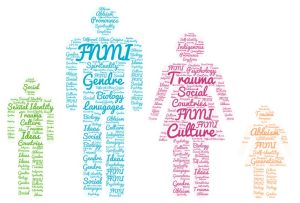
When we refer to a social or client history there is specific information that is to be gathered so that we can assist our clients/individuals. The information that is gathered gives us a picture of the client that is accessing our agency. The most important information includes:
- Description and history of the presenting problem (the reason the client is accessing our agency)
- Background information about the person’s life, which will also include the information around the presenting problem
- Worker’s impressions and recommendations from the intake appointment
All agencies have their own layouts and format for this but a typical outline for a social history will include the above 3 pieces of information .
The Biopsychosocial Plus model assists in many of these areas. The information gathered would be: biological (health related issues), psychological (mental health disorders), physiological (health issues in the organs / body), sociological (communities, relationships, culture), spiritual (individual faith/ belief), education, employment, addictions, or legal issues etc.
It is important for social workers to take the time to get to know the client, gather all of this information of a client’s history, both positive and challenging, as it can assist us in providing viable options to assist the client. This information is vitally important to be able to develop and create treatment plans based on all of their clients’ unique needs, strengths and goals.
Through the discussion we get to understand the client better and be more effective, whether we are assisting them in our agency, or assisting them in finding the best fit for them through a referral.
Each agency has different Social Histories that they will use.


